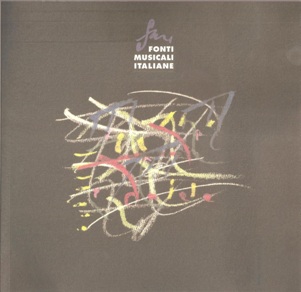Critical editions of nineteenth-century Italian opera: the goals, the sources, the methods and the future
Abstract
The critical editions of Rossini, Donizetti, Bellini, and Verdi share similar goals and methods adapted to the particular characteristics of the individual composer. This paper surveys the criteria of these four editions and the current state of publication, gives the locations of the surviving sources, and illustrates problems in using the sources for critical editions. Finally, it suggests some implications of information technology for the making of critical editions. While publication has been facilitated by the survival of the majority of the composers’ autograph scores, their existence does not mean that editing them is uncomplicated: for example, a single work may have an array of sources, each with authority in its own arena—the original autograph; any autograph materials relating to revisions; contemporary copies; early printed editions and piano-vocal reductions.
Scholars and editors frequently study the sources in photographic reproduction, although the critical editions have attempted, whenever possible, to ensure that editors work with the manuscripts themselves before publication. Casa Ricordi and the Fondazione Rossini have independently undertaken to photograph the autograph manuscripts held in their archives and to store them as computer images. These projects will reduce use of the autographs, thus preserving them from the stress of handling, while at the same time facilitating their study because of the essential interchangeability of the actual and virtual manuscripts.
The issues of diffusion of electronic images and text on the Internet and of the possibility of publishing critical editions in electronic format, with its potential to link text and image and to follow branching paths of investigation, need to be considered seriously by the committees for the critical editions. But even publication of high-resolution facsimiles (in print or electronically) cannot eliminate the need for critical editions, in which editors collate and evaluate the sources in the light of how compositional conditions and a composer's methods affected his autographs.
Downloads
Published
Issue
Section
License
© CIDIM
Tutti i diritti riservati


